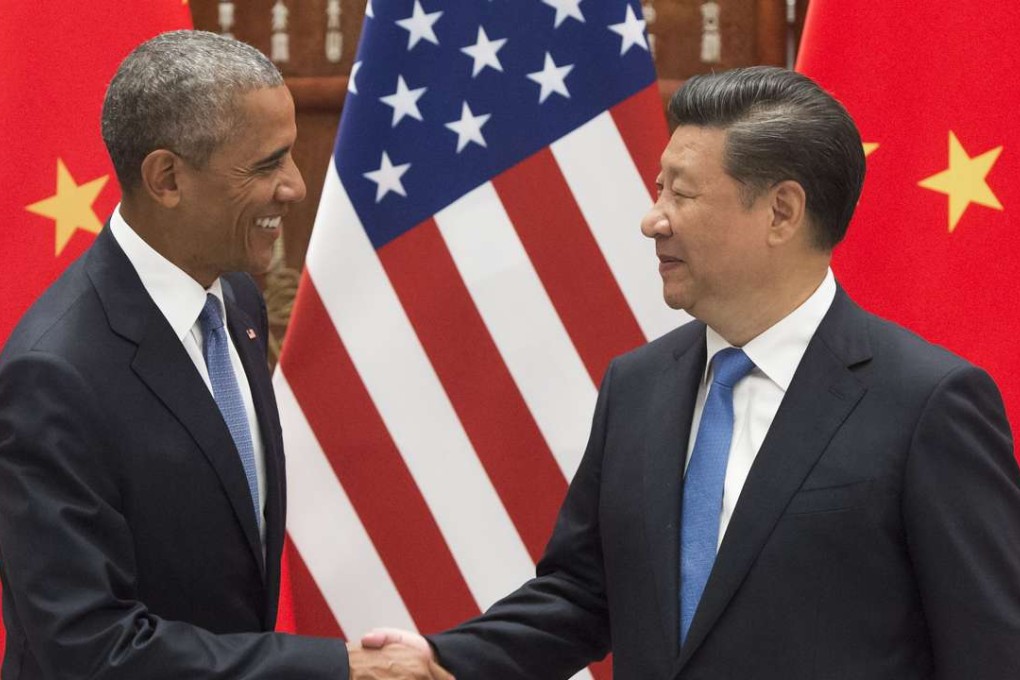My Take | Climate deal agreement should be model for Sino-US ties
Let’s hope the two countries can manage their entire relationship with the same wisdom they have shown in ratifying the Paris Agreement

Whatever you think about the meeting between Barack Obama and Xi Jinping in Hangzhou, one undeniable public good to have emerged out of it is the formal ratification of the Paris climate deal by the two countries.
The world’s two largest economies are also its worst carbon emitters, being together responsible for 40 per cent of global emissions. Without their commitment, the Paris Agreement, adopted last December, is as good as dead.
For it to take effect, at least 55 countries representing 55 per cent or more of global emissions need to formally join the pact. Before the weekend, only 24 countries had ratified the deal, and they make up a paltry 1 per cent of worldwide emissions. The signing of China and the US does not necessarily guarantee the deal’s success, but at least its survival. It will put significant pressure on all G20 nations to commit to phase out subsidies on fossil fuels. Cynics and critics who argued in December that China would end up the spoiler will now have to eat their words.
The first universal climate deal, the agreement commits to keeping the rise in global temperatures to below 2 degrees Celsius compared to pre-industrial times. It supersedes the Kyoto Protocol, which did not commit developing economies to emission targets.
Under the new pact, committed countries must prepare, maintain and publish their greenhouse gas reduction targets and whether they have been met. About US$100 billion is expected to be provided by developed economies to developing countries by 2020, essentially as subsidies to switch from reliance on fossil fuels. Ultimately, it aims to create a carbon-neutral world between 2050 and 2100.
